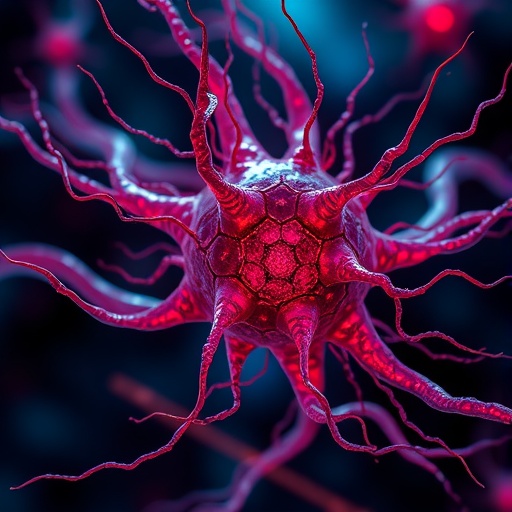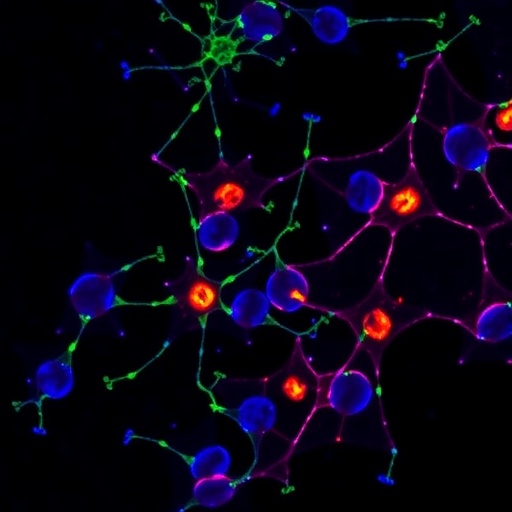Young researcher in Changchun University of Science and Technology, Dr. Fei Yan, has published the comprehensive review on quantum image processing in World-Scientific-International Journal of Quantum Information with his co-researchers, entitled, "Quantum image processing: A review of advances in its security technologies".
Quantum image processing (QIP) is an emerging sub-discipline that is focused on extending conventional image processing tasks and operations to the quantum computing framework. It is primarily devoted to utilizing quantum computing technologies to capture, manipulate, and recover quantum images in different formats and for different purposes.
Due to some of the astounding properties inherent to quantum computation, notably entanglement and parallelism, it is anticipated that QIP technologies will offer capabilities and performances that are, as yet, unrivalled by their traditional equivalents. These improvements could be in terms of computing speed, guaranteed security, and minimal storage requirements, etc.
In this study, the authors present an overview of the advances made in QIP comprising of the image representations, the operations realizable on them, and the likely protocols and algorithms for their applications. In particular, they focus on recent progresses on QIP-based security technologies including quantum watermarking, quantum image encryption, and quantum image steganography. This study is aimed at providing readers with a succinct, yet adequate compendium of the progresses made in the QIP sub-area. Hopefully, this effort will stimulate further interest aimed at the pursuit of more advanced algorithms and experimental validations for available technologies and extensions to other domains.
The objectives of the discussions presented at the end of this study are twofold. First, targeting researchers already in the area, a few of the open questions emanating from the published literature are enumerated. The second objective of the discussion is focused mainly on the upcoming researchers that may be interested in pursuing advanced research in the area. In this, the authors' focus is on enumerating some considerations that should guide them in their pursuits. Hopefully, the study presents a compendium of relevant literature needed to invigorate more advanced research in the area.
###
Co-researchers of this work are Dr. Abdullah M. Iliyasu (Prince Sattam Bin Abdulaziz University, Kingdom of Saudi Arabia) and Dr. Phuc Q. Le (NetMile Inc., Japan).
This work is supported by the National Natural Science Foundation of China (No. 61502053) and the Prince Sattam Bin Abdulaziz University, Saudi Arabia via the Deanship for Scientific Research funding for the CIIS Research group project number 2016/01/6441.
The paper (http://www.worldscientific.com/doi/abs/10.1142/S0219749917300017) can be found in the International Journal of Quantum Information (http://www.worldscientific.com/worldscinet/ijqi).
Media Contact
Chin Wanying
[email protected]
65-646-65775
@worldscientific
http://www.worldscientific.com
############
Story Source: Materials provided by Scienmag




